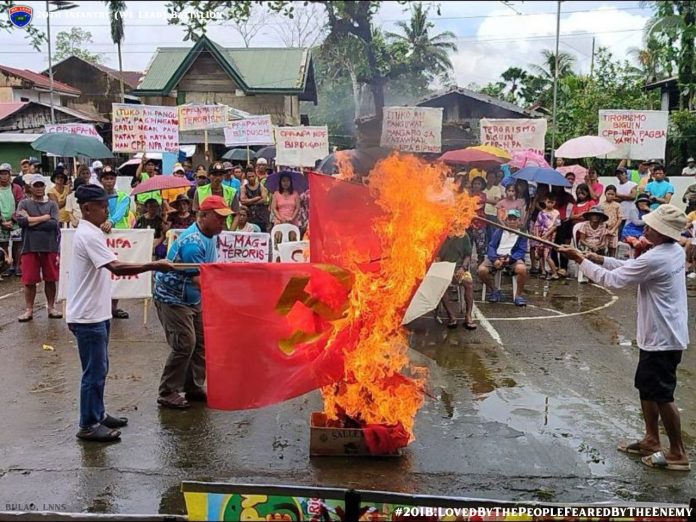TACLOBAN CITY — As part of the government’s peace-building and reintegration efforts, the Department of Trade and Industry (DTI) provided livelihood assistance to 30 former rebels and 29 wounded-in-action (WIA) soldiers from the 63rd Infantry Battalion.
The beneficiaries received sari-sari store livelihood toolkits under the Pangkabuhayan sa Pagbangon at Ginhawa (PPG) Program, aimed at helping them establish small businesses as they return to civilian life or continue their recovery.
DTI officials said the program seeks to promote economic self-reliance, support recovery, and create sustainable sources of income, particularly for individuals affected by armed conflict. The initiative forms part of the government’s whole-of-nation approach to peace, security, and inclusive development.
Officials from the 63rd Infantry Battalion said they remain committed to working with national government agencies to implement programs that improve the welfare of former rebels and soldiers wounded in the line of duty.
(ROEL T. AMAZONA, LIZBETH ANN A. ABELLA)






